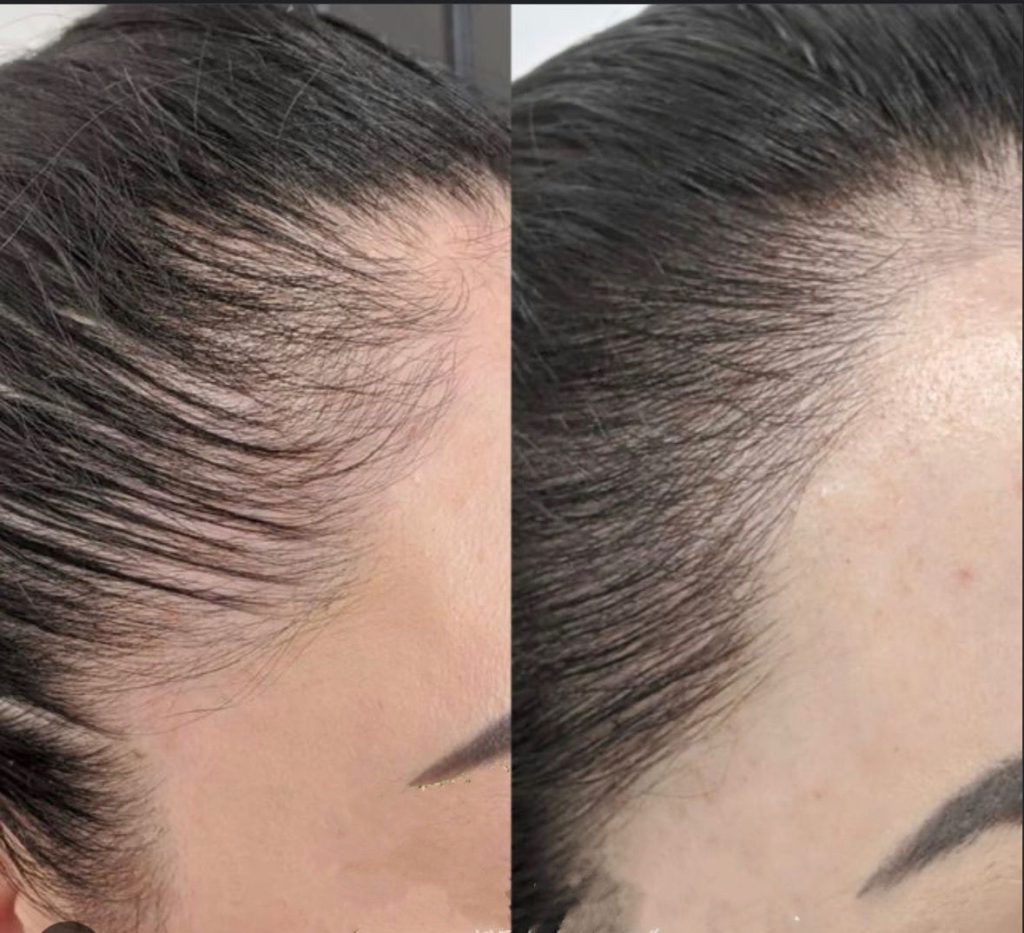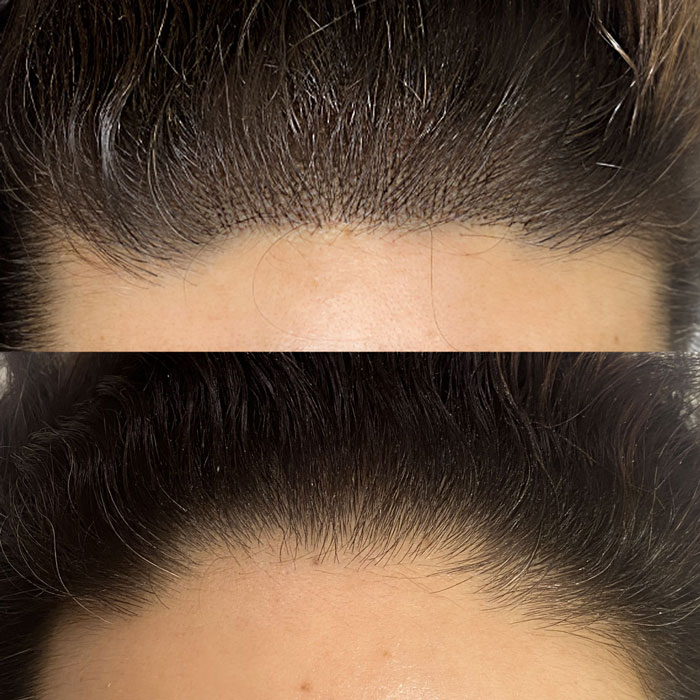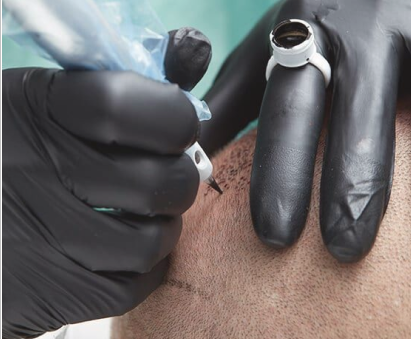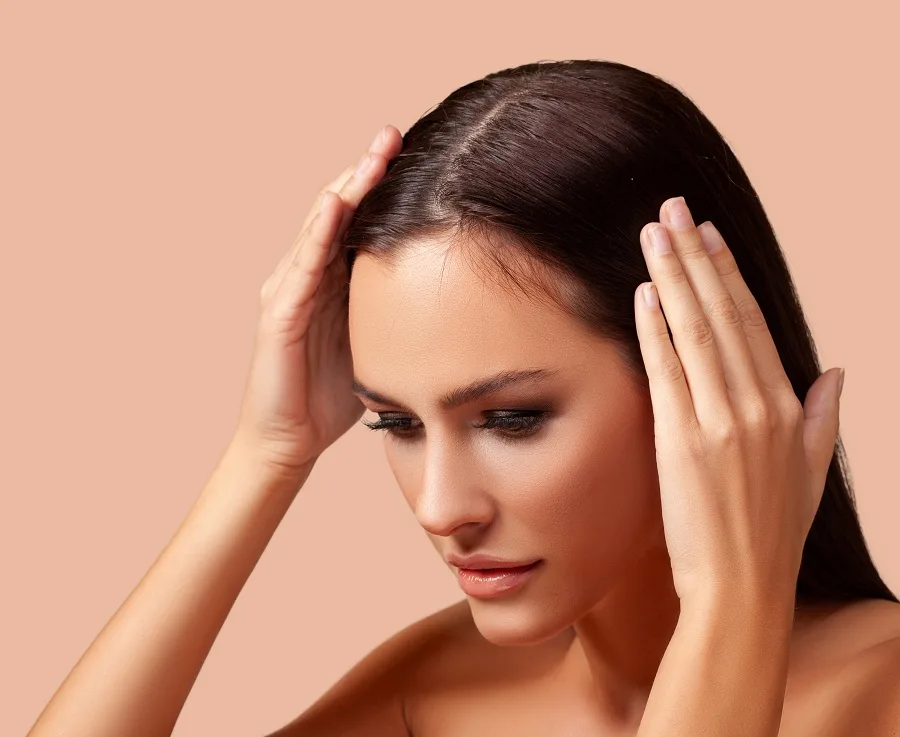Scalp Micropigmentation for Alopecia
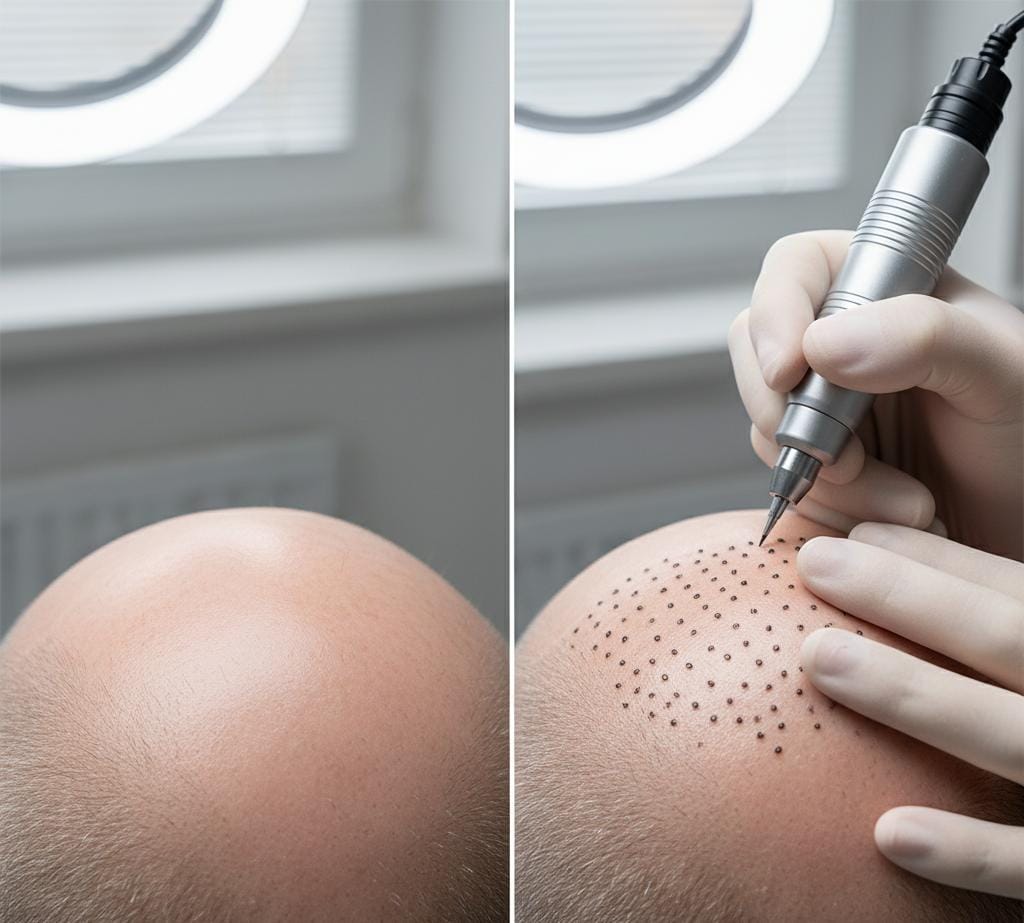
A Comprehensive Guide to Restoring Confidence:
Hair loss has long been a sensitive subject for millions of men and women around the world. Among the many causes, alopecia is one of the most impactful, stripping away not just hair but also confidence and self-identity. While wigs, medications, and hair transplants have been common options, none provide the natural look and reliability that scalp micropigmentation (SMP) offers.
Scalp micropigmentation for alopecia is more than a cosmetic treatment, it’s a life-changing solution that creates the appearance of a full, healthy hairline using advanced pigmentation techniques. In this guide, we’ll explore how SMP works, why it’s uniquely effective for alopecia, and why choosing the right SMP expert makes all the difference.
Understanding Alopecia: Types and Impact!
What Is Alopecia?
Alopecia is an autoimmune condition that causes the body to attack hair follicles, leading to varying degrees of hair loss. Unlike typical hair thinning, alopecia can result in patchy bald spots or complete loss of hair on the scalp, face, and even the body.
Types of Alopecia:
- Alopecia Areata: sudden patchy hair loss on the scalp or face.
- Alopecia Totalis: complete loss of scalp hair.
- Alopecia Universalis: total loss of hair across the entire body.
- Scarring Alopecia: permanent hair follicle damage leading to irreversible baldness.
Emotional and Psychological Effects:
Hair is more than biology, it’s tied to self-expression, beauty, and identity. Losing it due to alopecia can cause anxiety, depression, and loss of self-confidence. Many clients describe avoiding social settings or spending hours trying to mask bald patches with makeup, hats, or wigs.
What Is Scalp Micropigmentation?
Scalp micropigmentation (SMP) is a non-invasive, cosmetic tattooing procedure where specialized pigments are applied to the scalp using micro-needles. Instead of creating hair, SMP replicates the look of tiny hair follicles or shaved stubble, resulting in the illusion of fuller hair density or a buzz-cut style.
Unlike traditional tattooing, SMP uses pigments designed to mimic natural hair shades and techniques that ensure realistic, three-dimensional results.
Why Scalp Micropigmentation Is Ideal for Alopecia Clients?
- Natural Hair Illusion
SMP gives clients with alopecia the appearance of a natural, healthy hairline, even if no hair is present.
- Works for All Types of Alopecia
Whether you have patchy loss (areata) or total baldness (universalis), SMP can be adapted to your unique situation.
- Safe and Non-Invasive
Unlike transplants, SMP doesn’t involve surgery, scarring, or long recovery times.
- Long-Lasting Results
With proper care, SMP lasts 3–5 years before requiring touch-ups.
- Confidence and Freedom
No more hiding under hats or wigs, clients report feeling empowered to embrace everyday life without worrying about appearance.
The SMP Procedure: Step by Step!
- Consultation and Design
Your SMP journey begins with a detailed consultation, where your artist evaluates your scalp, discusses your goals, and designs a natural-looking hairline tailored to your face shape.
- Pigment Selection
Specialized organic pigments are chosen to match your natural hair and skin tone for seamless blending.
- Application Process
Using micro-needles, pigments are deposited in tiny layered dots across the scalp. Sessions typically last 2–4 hours, with most clients requiring 2–3 sessions for optimal results.
Scalp Micropigmentation Healing and Aftercare:
Mild redness and scabbing are normal for a few days. Within a week, pigments settle into a natural shade. Clients should avoid heavy sweating, swimming, or direct sun exposure during the healing period.
SMP for Different Alopecia Conditions:
- SMP for Alopecia Areata
For patchy bald spots, SMP blends the affected areas with surrounding hair, eliminating the contrast between bare and full sections.
- SMP for Alopecia Totalis & Universalis
Even in cases of complete baldness, SMP creates a realistic buzz-cut look with a defined, natural hairline.
- SMP for Scarring Alopecia
Where scars have caused permanent bald patches, SMP can camouflage the area and restore an even scalp appearance.
Comparing SMP to Other Alopecia Treatments:
Wigs & Hairpieces: temporary, require constant upkeep, and often feel unnatural.
Medications (Minoxidil/Finasteride): limited effectiveness and potential side effects.
Hair Transplants: expensive, invasive, and often not an option for alopecia clients due to lack of donor hair.
SMP: affordable, natural-looking, long-lasting, and works even without existing hair.
The Emotional Transformation with SMP:
Clients often say that SMP gives them back more than just the appearance of hair, it restores self-assurance and normalcy. Many report renewed confidence in their careers, relationships, and social lives after treatment.
“It feels like I finally recognize myself again in the mirror.”, a common phrase among SMP clients with alopecia.
Why Choose a Specialist for SMP?
Not all SMP is created equal. Achieving natural, flawless results requires:
- Advanced training and certification
- Experience with alopecia cases
- Artistic eye for hairline design
- Use of high-quality, organic pigments
Choosing an SMP specialist ensures your treatment looks indistinguishable from natural hair.
Frequently Asked Questions:
Is SMP painful?
Most clients describe it as mild discomfort, far less than traditional tattooing.
How long does SMP last?
Results last 3–5 years before needing refreshers.
Will SMP damage existing hair?
No—SMP is completely safe and does not affect hair growth.
Final Thoughts:
For those living with alopecia, scalp micropigmentation offers a powerful solution, one that restores more than just the appearance of hair. It provides freedom, confidence, and a renewed sense of self.
If you’re ready to take control of your alopecia journey, book a consultation with a trusted SMP expert today. With the right hands, your transformation can be life-changing.



